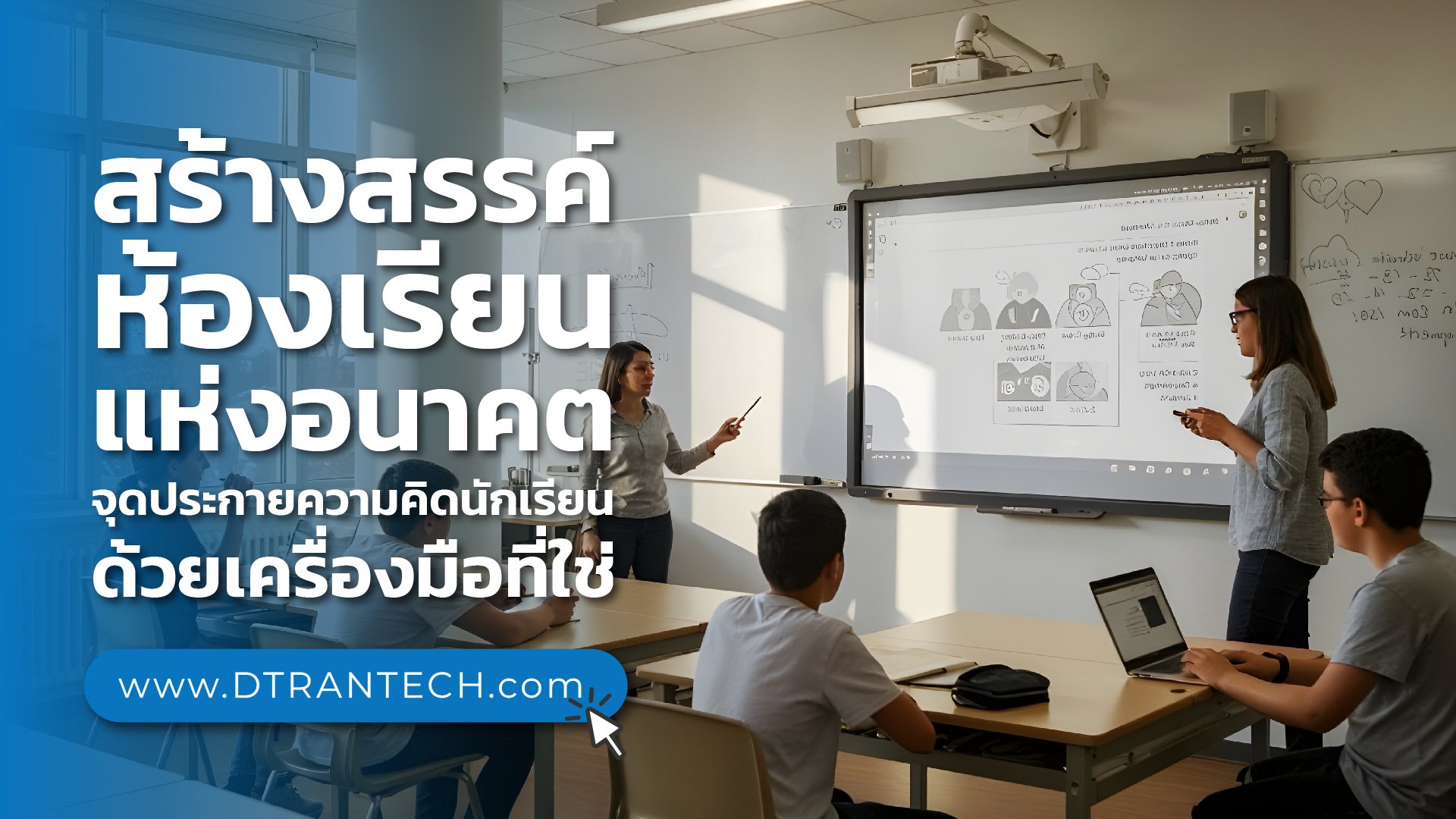Empowering Creativity in the Modern Classroom: Tools That Spark Collaboration and Innovation

Empowering Creativity in the Modern Classroom: Tools That Spark Collaboration and Innovation
Unlocking students potential through the right digital environment
In a world where innovation moves faster than textbooks can keep up, schools are reimagining how students learn—not just what they learn. Today's classroom isn't limited to whiteboards and worksheets. It's becoming a dynamic environment where technology enhances creativity, critical thinking, and collaboration.
But here's the truth: it's not about adding more gadgets. It's about choosing the right tools that naturally integrate into everyday teaching and empower both educators and learners.
The Shift to Active, Student-Centered Learning
Educators worldwide are moving away from one-way instruction toward models that support participation, group work, and self-directed exploration. Students are no longer passive listeners; they're active contributors in every lesson.
This shift requires more than just new teaching strategies. It calls for adaptive classroom design supported by flexible digital tools. Imagine a classroom where students brainstorm ideas together, drag and drop visuals during discussions, or annotate group projects in real time. That's not a vision of the future; it's happening now.
Seamless Collaboration Starts with Smart Tools
When collaboration becomes central to learning, the tools must respond accordingly. Schools are investing in multi-purpose displays that go beyond showing slides; they support handwriting, multimedia, cloud documents, and instant sharing between student devices.
These modern displays are often powered by platforms like IQ Touch, offering an intuitive interface and tools that allow:
Multiple students to interact with the screen at once
- Teachers to present, annotate, and record lessons with ease
- Real-time content sharing between classroom devices and remote learners
- Integration with cloud drives and learning management systems
These features aren't just high-tech; they support the pedagogy behind modern learning.
Supporting Creativity and Inclusivity
Not every student learns the same way. Some express themselves visually, some need to explore topics hands-on, while others shine in group discussions. Interactive environments, especially those that allow real-time annotation, media use, and group participation, ensure no learner is left behind.
For example, in a digital classroom setting:
- A student with limited writing ability can drag visual symbols during a brainstorm
- A group of students can co-create a concept map on the screen during science class
- Teachers can replay previous sessions to support review or personalized learning
These tools don't replace the teacher; they amplify their impact.
Why It Matters for School Leaders
For school directors and administrators, investing in digital tools is no longer about staying modern; it's about building a foundation for lifelong learning. The ability to encourage curiosity, teamwork, and digital literacy from a young age gives students an advantage far beyond exam scores.
Solutions like IQ Touch boards, while subtle in the background, play a pivotal role in transforming classroom culture. They're not flashy add-ons; they're integrated learning hubs that support every subject, every student, and every teaching style.
The Future of Learning Is Now
As schools plan their next steps, whether upgrading facilities, designing new classrooms, or preparing for hybrid teaching models, collaborative, interactive technology should be at the heart of the conversation.
Because when students feel heard, involved, and inspired, learning becomes not just effective but unforgettable.


